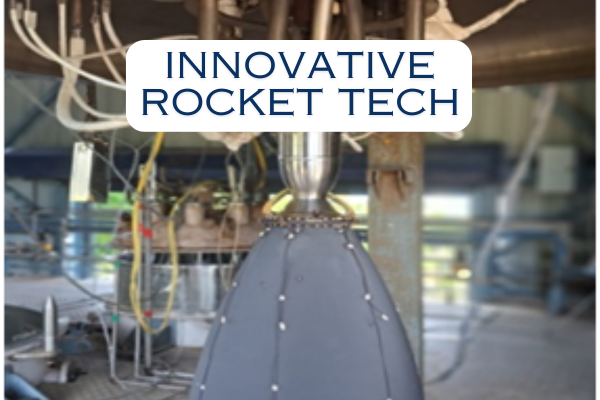ISRO has recently made significant advancements in rocket technology with the creation of a new Carbon-Carbon (C-C) nozzle for rocket engines. This development, spearheaded by the Vikram Sarabhai Space Centre (VSSC), aims to enhance key aspects of rocket performance, including thrust, specific impulse, and thrust-to-weight ratios. The result is an increase in the payload capacity of launch vehicles, marking a milestone in the agency’s innovation track record.
The breakthrough was made possible by using advanced Carbon-Carbon (C-C) Composites to fabricate a nozzle divergent. This component boasts outstanding qualities such as low density, high specific strength, and excellent stiffness, maintaining these properties even under high temperatures. The production process involved carbonization of green composites, Chemical Vapor Infiltration, and High-Temperature Treatment.
A distinctive feature of the new C-C nozzle is its protective anti-oxidation coating made from Silicon Carbide. This coating significantly increases the nozzle’s resistance to thermal stresses and corrosion, thereby extending its operational capabilities in challenging environments.
This innovation holds considerable potential for enhancing the capabilities of ISRO’s Polar Satellite Launch Vehicle (PSLV). Currently, the PSLV’s PS4 stage uses twin engines with nozzles made from Columbium alloy. By replacing these with the newly developed C-C nozzles, the weight of these components can be reduced by about 67%. This reduction could increase the payload capacity of the PSLV by an additional 15 kg, significantly benefiting upcoming space missions.
The testing phase for the C-C nozzle divergent included a 60-second hot test on March 19, 2024, conducted at the High-Altitude Test (HAT) facility at ISRO Propulsion Complex (IPRC) in Mahendragiri. This test confirmed the performance and structural integrity of the system. Further testing, including a 200-second hot test on April 2, 2024, demonstrated the nozzle’s capability to handle extreme conditions, with temperatures reaching 1216K, aligning perfectly with predictions.
The efforts involved cooperation between the Liquid Propulsion Systems Centre (LPSC) at Valiamala, which designed the test configurations, and the IPRC team at Mahendragiri, responsible for the test execution and instrumentation at their HAT facility.





